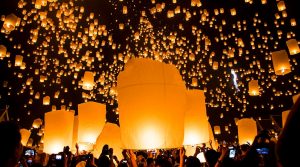visually-stunning-asian-festivals
About Author
Charmaine Acha
Charmaine loves random weekend trips, technology, and coffee. Guided by her travel mantra "chill and travel", she enjoys unplanned escapades without compromising leisure. If not fangirling over her K-drama idols, she's on DND mode writing or planning her next possible adventure.
CLICK TO SEE MORE ARTICLES BY Charmaine Acha





